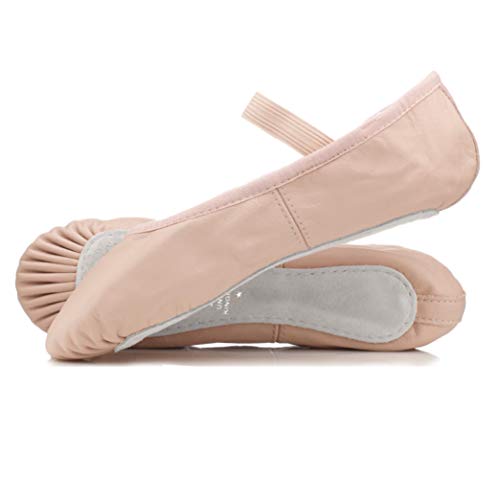Ballet Shoes vs Pointe Shoes: What’s the Difference?
While both ballet shoes and pointe shoes are related to ballet dancing, they are not the same. Both shoes have different designs, purposes, and functionalities. This article aims to highlight the differences between ballet shoes and pointe shoes.
What are Ballet Shoes?
Ballet shoes, also known as ballet slippers, are lightweight and flexible shoes that dancers wear during ballet class or rehearsals. They are usually made from soft leather, canvas or satin material and come in a variety of colors. Ballet shoes are designed to provide support and protection to the dancer’s feet while allowing them to move freely and comfortably on the dance floor. The sole of ballet shoes is thin, and it does not have any padding.
What are Pointe Shoes?
Pointe shoes are ballet shoes designed for advanced dancers who are trained to dance on the tips of their toes. They are made from satin, canvas, and other materials and have a hard box underneath the toe section that allows the dancer to support their body weight on the tips of their toes. This is called “en pointe,” and it requires skill and strength. The box of a pointe shoe is usually made of layers of fabric, paper, or hard leather, and it is designed to provide support and protection to the dancer’s toes.
Key Differences Between Ballet Shoes and Pointe Shoes
The main differences between ballet shoes and pointe shoes are:
- Ballet shoes are for all levels of ballet dancers, while pointe shoes are only for advanced dancers
- Ballet shoes are soft and flexible, while pointe shoes are hard and structured
- Ballet shoes do not have a box, while pointe shoes have a hard box to support the dancer “en pointe”
- Ballet shoes are worn during ballet class or rehearsals, while pointe shoes are only worn for specific ballet performances or variations
In summary, ballet shoes and pointe shoes are both essential tools for ballet dancers, but they have different functions and designs. Ballet shoes are for general ballet practice and are soft and flexible, while pointe shoes are for advanced dancers who are trained to dance on their toes and require a hard box for support. Understanding the differences between the two shoes can help beginners make the right choices that are ideal for their development as ballet dancers.






